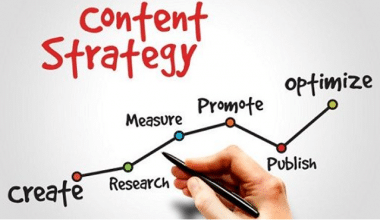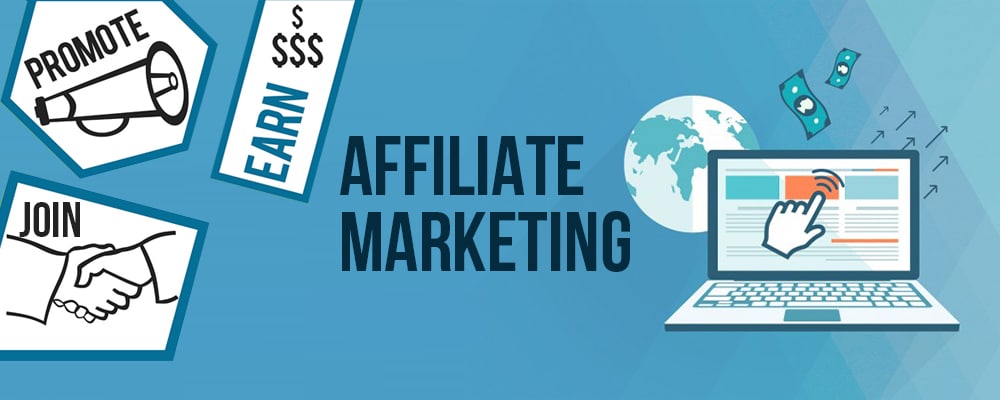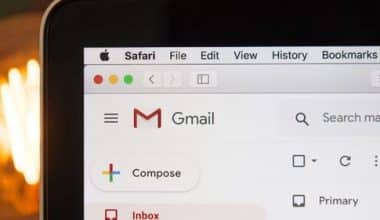An invoice is essentially a detailed bill that outlines the goods or services you’ve provided to a client. Think of it as a formal thank you note that also politely requests payment. Now, what exactly goes on this invoice? Well, that’s what I’m here to explore. I’ll go into the essential components of a well-structured invoice, ensuring you get paid what you deserve, on time, every time. So buckle up and get ready to conquer the world of “what is an invoice” and transform those completed projects into cold, hard cash.
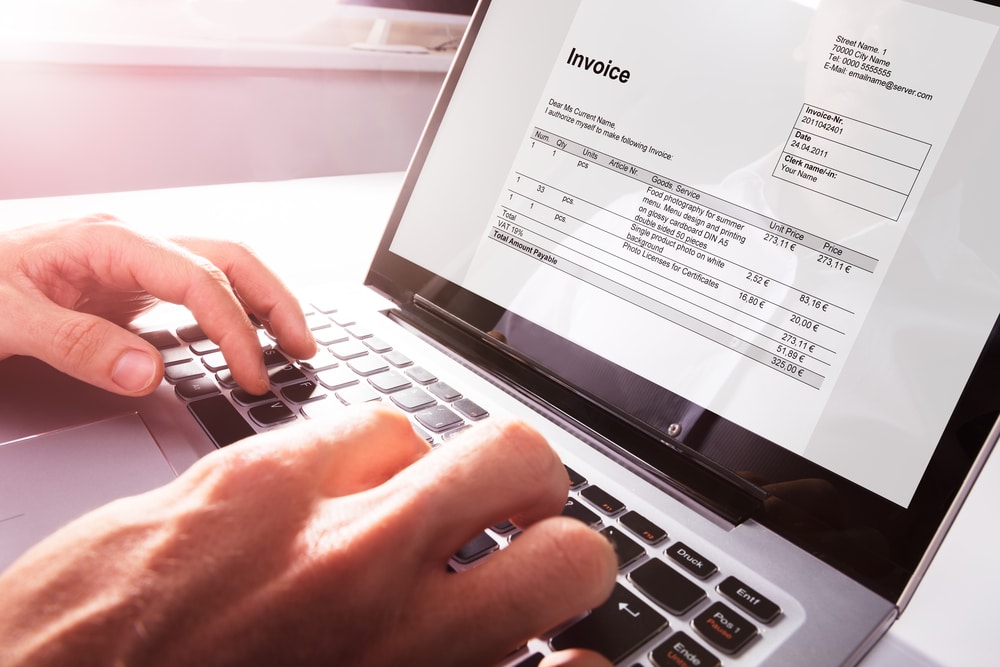
Key Points:
- An invoice is a detailed document requesting payment for goods or services rendered.
- Invoices are sent before payment as a request for payment, while receipts are provided after payment as proof of payment, serving different purposes in business transactions.
- The main purpose of an invoice is to provide a clear record of a transaction, acting as a formal request for payment and facilitating clear agreements between buyer and seller.
- Essential elements of an invoice include business identity, client information, dates, breakdown of charges, totals, payment details, and optional notes, ensuring smooth payment processes.
- Invoices are addressed to the buyer, whether an individual or a company, responsible for settling the bill for goods or services received, emphasizing the importance of clear communication and documentation in transactions.
What Is An Invoice?
An invoice is a bill, or tab in a business document delivered by a seller to a buyer referring to a sale transaction and identifying the items, quantities, and agreed-upon prices for the products or services offered by the seller. An invoice shows the buyer / client exactly what they’re paying for, from the hours you poured into their project to the specific services you delivered. It’s a clear picture of the value you brought, ensuring you get paid what you’re worth.
Is Invoice Same As Receipt?
“Is this an invoice or a receipt?” Absolutly NOT. They look similar, but these business documents serve very different purposes. Here, I will show you the difference between the both of them.
An invoice is used to collect payment after delivering goods and services. A receipt serves as proof of payment after a customer pays for a product or service. it is like a future prediction! It’s a detailed bill sent before you receive payment, outlining what you owe for the goods or services. It breaks down the cost, like a play-by-play of the value you’re getting. A receipt, on the other hand, is a proof of payment, kind of like a victory lap after conquering that shopping list. It shows the final amount paid and often includes the payment method.
Invoices are issued by a business before receiving payment from a customer. They include details about the upcoming payment, like how to pay and when it’s due. When you send an invoice, it means the customer still owes you money, so you’ll list it as accounts receivable. On the other hand, a receipt is given after payment has been made. It provides information about the finalized payment, including the date and amount paid. Receipts mark the completion of a sale, so you’ll log them as income. As a business owner, you should be able to know the difference between invoices and receipts now.
READ ALSO: WHAT DOES INVOICE MEAN: Definition, Types, Elements & Why It Is Important
What is The Main Purpose of An Invoice?
The main purpose of an invoice is to provide a clear and detailed record of a transaction between a seller and a buyer. It serves as a formal request for payment, outlining the specifics of the goods sold or services rendered. Essentially, it acts as a documentation tool, ensuring that both parties have a mutual understanding of the transaction terms and conditions.
Let me break it down with some illustration: You just finished mowing a client’s lawn and their prize-winning roses are sparkling. They’re thrilled, but how do you turn that happy customer into cold, hard cash? Enter the invoice, which is your secret weapon! This document isn’t just a bill, it’s a multi-tasking marvel.
Invoices are crucial for clear agreements and accurate record-keeping during tax season, making tax filing easier and serving as a financial superhero in disguise.
Is An Invoice Just A Bill?
So, you might be wondering, is an invoice just a bill? Well, It depends on who you ask! For me, an invoice and a bill are documents that convey the same information about the amount owed for the sale of products or services rendered. It’s a way of saying, “Hey client, here’s exactly what you owe for the amazing service I provided,” complete with line-by-line details and payment terms.
But for you, the client receiving the invoice, it might feel more like a standard bill – a request for payment. Here’s the key difference: invoices tend to be more detailed, often used in business-to-business transactions, while bills can be simpler and used in everyday purchases. Both tell you how much you owe, but it dives deeper to showcase the value you received. So, invoice or bill? Same ballpark, different playing fields! Below is an image of an invoice.
READ ALSO: ACCOUNTING INVOICE: Definition, How to Record It, and Free Softwares
What Must an Invoice Have?
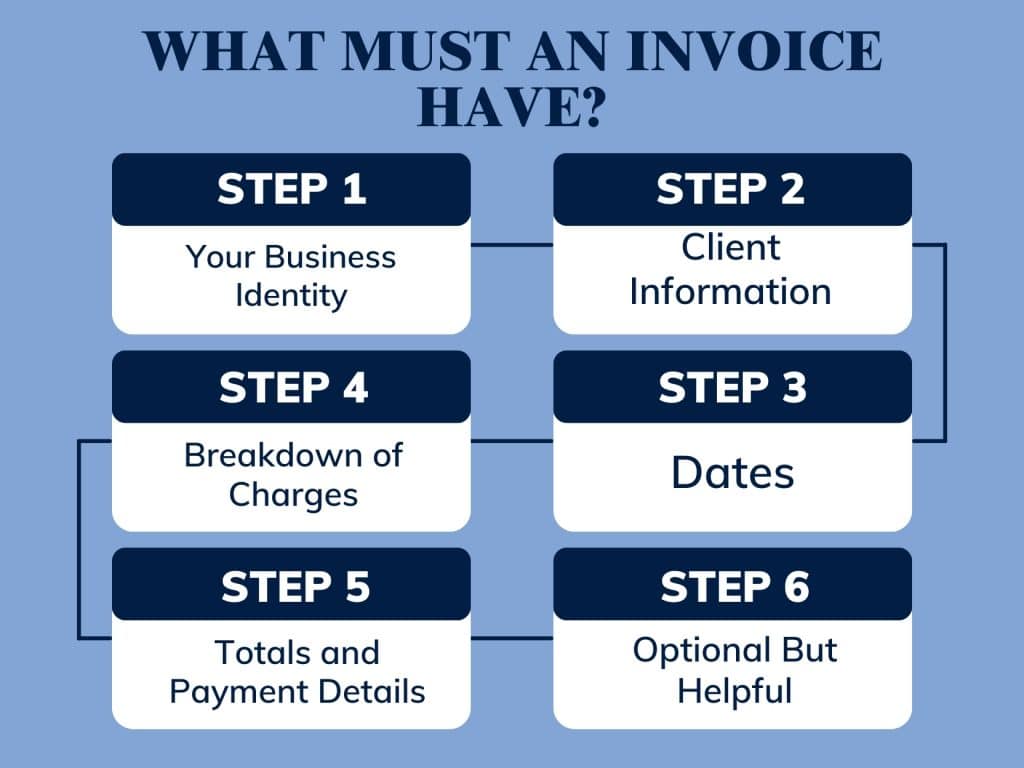
An invoice acts like a business handshake for your work. It needs all the key details to ensure you get paid smoothly. Here’s what absolutely must be on it:
Your Business Identity
- Business Name and Address: This is your professional introduction, like a digital business card.
- Invoice Number: A unique identifier for this specific invoice, like a fingerprint for the transaction.
Client Information
- Client Name and Address: Ensure you have the correct recipient’s details for proper delivery of it.
Dates
- Invoice Date: The day you create the invoice, marking the start of the payment cycle.
- Delivery or Service Date: For deliveries, this is when the package arrives. For services, it’s the completion date of the project.
Breakdown of Charges
- Description of Products and Services: A clear and concise list of what you’re invoicing for, sometimes with a brief description for clarity.
- Amount Being Charged: The base cost before taxes or discounts for each item or service.
- Cost per Item (if applicable): For multiple items, this shows the individual price tag for each.
Totals and Payment Details
- Subtotal: The sum of all individual charges before taxes or discounts.
- VAT (if applicable): The Value-Added Tax amount applied to the subtotal.
- Total Amount Due: The grand finale, the bold number reflecting the final amount owed, including everything mentioned above.
- Payment Terms: Clear instructions on when the payment is due (e.g., net 15, 30 days from invoice date) and any offered payment methods.
For your convenience, you can include details on accepted payment methods (online portals, checks, etc.).
Business yield InvoiceSimple PDF Template
Who Pays An Invoice?
Ever sent an invoice and wondered, “who exactly pays up this cash?” The answer is simple: The Buyer pays the invoice for any goods or services provided by you. That’s you if you recently purchased a product or hired someone for a service.
Invoices are like official “thank you” notes that also politely request payment. They detail what you bought or the service I provided, along with the cost. Basically, it’s a clear breakdown of what you owe.
Now, things can get trickier in business settings. Sometimes, you might deal with a company as the buyer. This company could be your employer if you’re a freelancer, or another business you provide services to. The same principle applies – the company receives the invoice for your work, reviews it, and then issues the payment.
There can also be multiple people involved on the buyer’s side. For instance, in a larger company, the invoice might first land with the purchasing department. They’d ensure everything matches the agreed-upon order before sending it on for approval by the appropriate manager. Once everyone’s happy, the invoice reaches the accounts payable department, who handles issuing the actual payment.
So, whether you’re an individual or part of a company, the core principle remains the same: the invoice is addressed to the buyer, the person or entity who received the product or service and is therefore responsible for settling the bill.
READ ALSO: 2023 Top Free Small Business Accounting Software (Updated)
Is An Invoice What You Owe?
An invoice is a detailed description of things sold or services rendered, together with the amount payable for each line of items and the overall amount owed. it can look a bit like a bill, but there’s a key difference. An invoice is basically a “pay me this” request, while a bill is a “you owe this” statement. Let me explain!
Imagine you hired me to design your website. I create a masterpiece, you love it, high fives all around! But how do I get paid? That’s where the invoice comes in. It will list everything: the design hours, any software used, the total cost. It’s like a breakdown of the value you’re getting. But here’s the thing, it isn’t a bill yet. It’s a heads-up about what you’ll owe me once I deliver the finished product or complete the service.
So, once you receive the website and everything checks out, then you make the payment based on the invoice details. Now that you’re an invoice whiz, the next time you see one, you’ll know exactly what it means: “This is what you’ll owe me for the awesome work I just delivered!”
Conclusion
And there you have it! The invoice, unveiled in all its glory. No more mysteries, no more deciphering hieroglyphics. You’re now a confident invoice whiz, ready to tackle any “what is an invoice” situation with ease.
Remember, an invoice is your powerful tool to ensure you get paid smoothly for the fantastic work you deliver. It’s a clear communication channel with your client, laying out exactly what they owe and when. By including all the essential elements of your info, client details, clear descriptions of your products or services, and the bottom line is that, you create a professional document that fosters trust and ensures a timely payment.
So go forth and conquer the world of invoices! With this newfound knowledge, you can transform those completed projects into the cold, hard cash you deserve. After all, getting paid for your amazing work is what keeps the business engine running, right?
Best Free Invoice And Billing App for 2024
NET 30 PAYMENT TERMS: Meaning, Examples & Reasons Why You Should Use Them or Not


